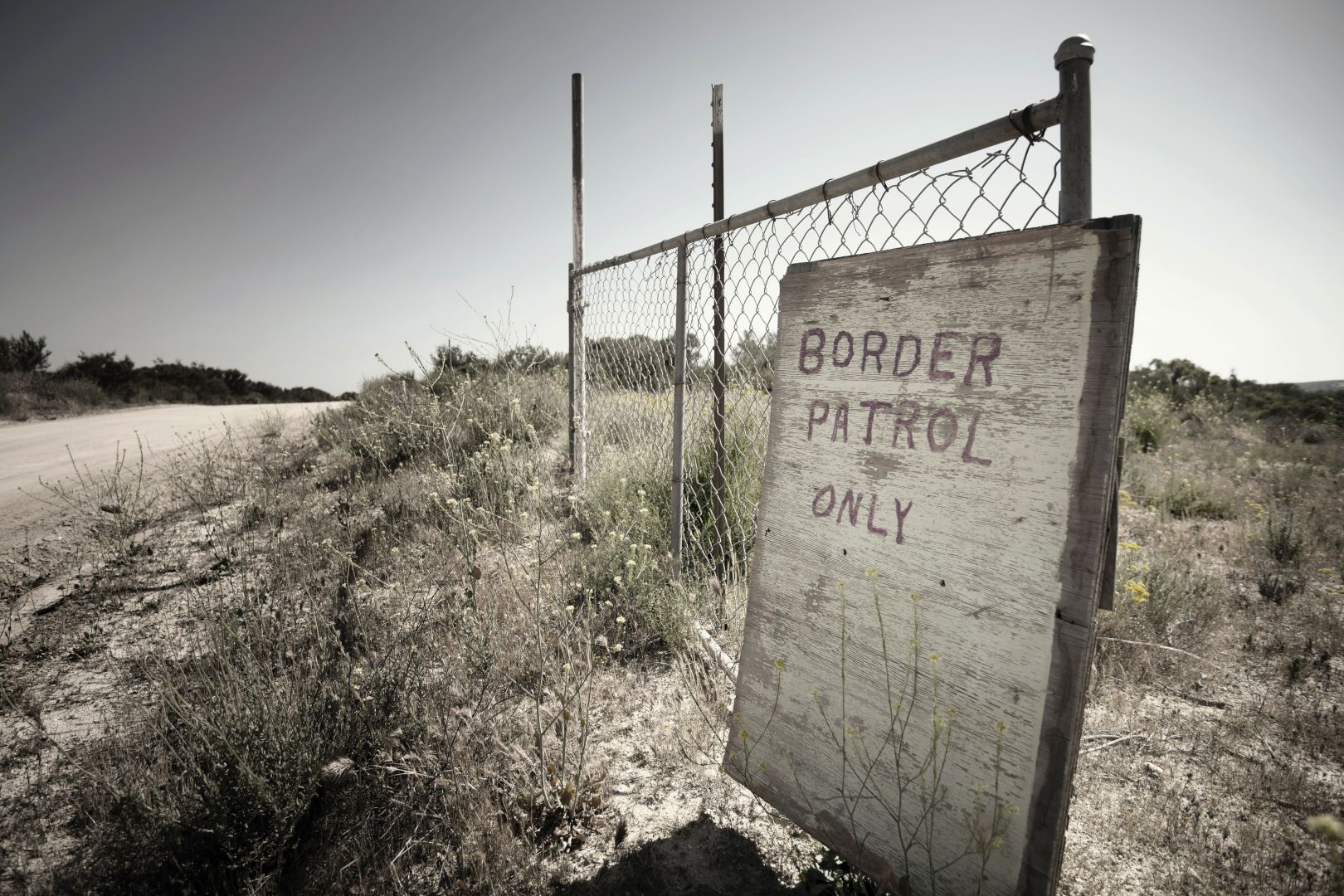This article originally appeared in Common Dreams.
“This is a win for wildlife and communities along the border, where the government has behaved as if the laws don’t apply,” said one environmental lawyer.
By KENNY STANCIL
Social and environmental justice advocates welcomed a federal judge’s ruling Monday that two U.S. agencies broke the law by not conducting an analysis of potential ecological harms associated with increased militarization along the U.S.-Mexico border.
Monday’s ruling (pdf) found that officials at both the U.S. Department of Homeland Security (DHS) and U.S. Customs and Border Protection (CBP) violated the National Environmental Policy Act by failing to prepare an updated and detailed environmental impact statement for the U.S.-Mexico border enforcement program.
The court’s decision stems from a 2017 lawsuit filed by U.S. Rep. Raúl Grijalva (D-Ariz.) and the Center for Biological Diversity.
“This is a win for wildlife and communities along the border, where the government has behaved as if the laws don’t apply,” Brian Segee, endangered species legal director at the Center for Biological Diversity, said in response to the court’s decision. “This victory follows years of federal officials neglecting the environment and the health and well-being of borderland communities.”
While DHS and CBP officials argued that enforcement along the U.S.-Mexico border had not changed in the two decades since the agencies last submitted an environmental impact statement, the judge wrote that there are numerous “examples of expanding federal action in the form of border enforcement activity.”
The Center for Biological Diversity noted Monday in a statement that the 2001 review, which “was supposed to be updated every five years, but never has been… identified potential harm from border wall construction and other enforcement operations to wildlife and endangered species across four states from the Pacific Ocean to the Gulf of Mexico.”
“We hope the Biden administration takes a long overdue look at the wanton environmental destruction from border militarization.”
—Brian Segee, Center for Biological Diversity
According to the Center, U.S. security operations along the southern border have escalated over the past 20 years, including “off-road vehicle patrols, installation of high-intensity lighting, construction of base camps and checkpoints, wall construction, and other activities.”
Under the Trump administration, the group noted, federal agencies also “ramped up wall construction by waiving dozens of laws protecting the environment, public health, and safety.”
“Also since 2001, scientific understanding has advanced significantly regarding the potential harm from border walls and other border enforcement activities on wildlife and endangered species, including jaguars, ocelots, Mexican gray wolves, and cactus ferruginous pygmy owls,” the organization said.
Furthermore, “beyond jeopardizing wildlife, endangered species, and public lands, ongoing border militarization damages human rights, civil liberties, native lands, local businesses, and international relations,” added the Center. “Border militarization and the border wall impede the natural migrations of people and wildlife that are essential to healthy diversity.”
Although the court ruled that federal officials did not violate the Endangered Species Act, the judge wrote that there were “undisputed statements of fact which demonstrate that there was a large number of new or revised critical habitat designations for threatened or endangered species within the southern border enforcement corridor since 2001.”
Those designations by the U.S. Fish and Wildlife Service, the judge added, “constitute triggering events for which Defendants should have contemporaneously considered and evaluated the need for supplemental environmental analysis.”
In response, Segee of the Center for Biological Diversity said that “we’re disappointed the court stopped short of ordering a new environmental impact statement, but we hope the Biden administration takes a long overdue look at the wanton environmental destruction from border militarization.”


Prior to Trump’s attempts at building a border wall, there had been sightings of jaguars returning to the Colorado River valley of southern Arizona. Completion of the wall would have ended the return of this remarkable species and others to the U.S.
As for the statement that, “Border militarization and the border wall impede the natural migrations of people and wildlife that are essential to healthy diversity,” there is nothing natural or essential about caravans of people fleeing gang violence in Honduras, or bad government in El Salvador. These are the results of the most dysfunctional aspects of civilization. And no “healthy diversity” results from addressing this dysfunction by relocating people from exploited countries to the exploiters.
The solution is to end the exploitation of people and the environment by corrupt business interests, driven by a parasitic economic system that demands the destruction of natural and healthy ecologies for short-term profit, and the transformation of forests and rivers into mines, factories, landfills, toxic dumps, reservoirs, and industrial agriculture.
The Tohono O’odham people have lived on both sides of the US-Mexico border since long before either country existed. As an increasingly militarized border threatens their way of life, Ofelia Rivas journeys across the border seeking to revitalize her ancestral village.
https://emergencemagazine.org/film/border-nation/
Arbitrary line on a map.
The border wall does far more ecological harm than any other border actions. The evil U.S. government waived environmental protections in order to build more border walls. A case like this is better than nothing, but that’s all it is. Unless a court orders the border walls all removed, it’s the same old same old for wildlife trying to move around and migrate naturally.